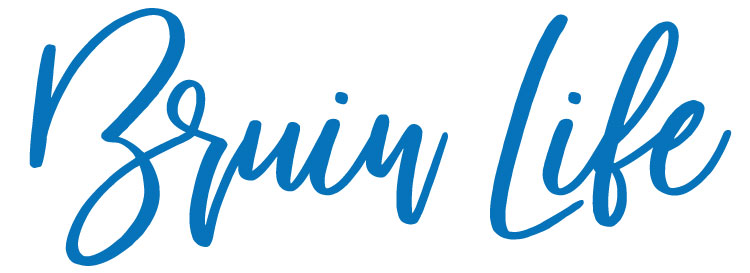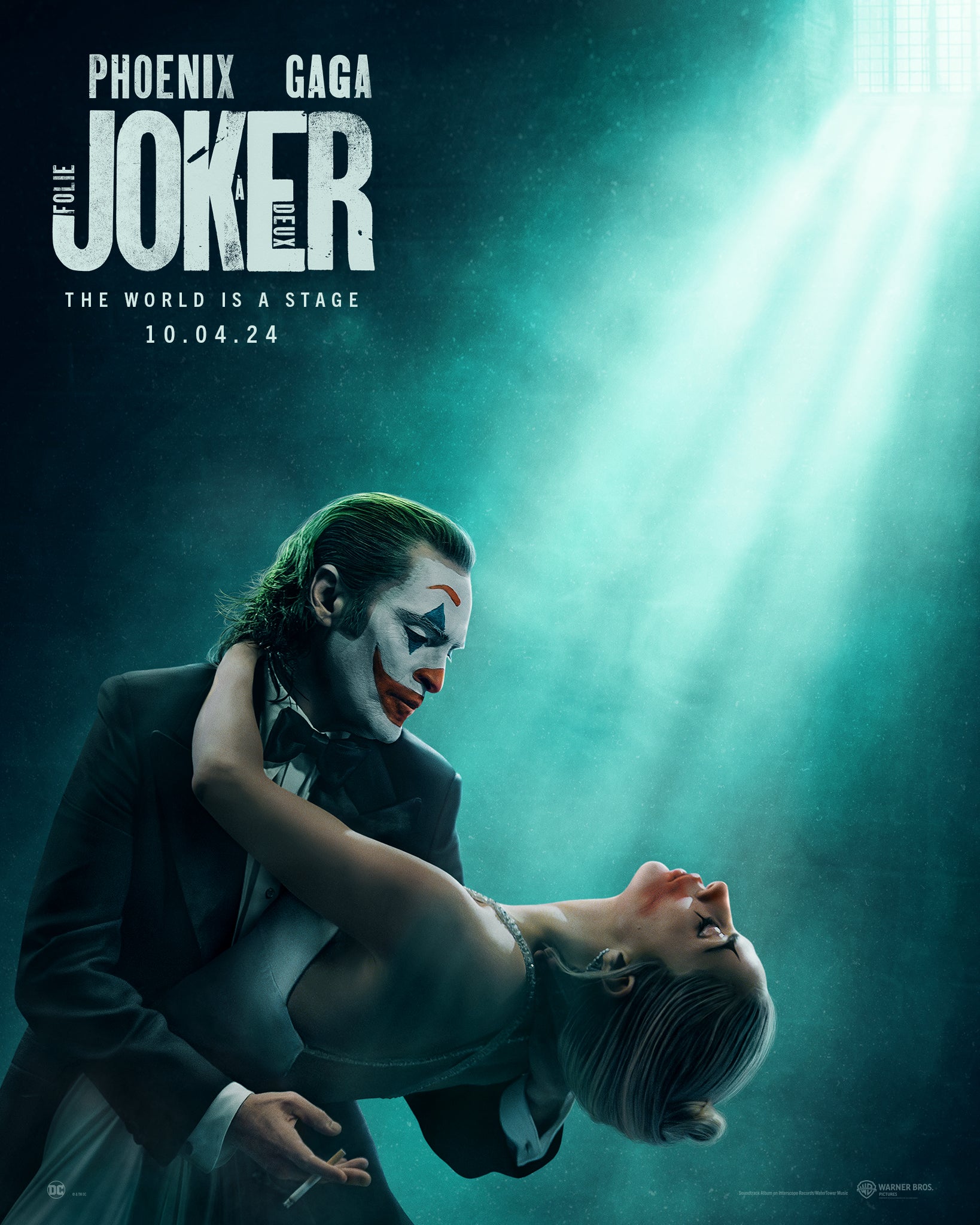Released on Oct. 4, “The Hangover” director, Todd Phillips, brings audiences back to Gotham City in, “Joker: Folie à Deux.” After killing a famous talk show host at the end of the previous film, Arthur Fleck (Joaquin Phoenix) now finds himself facing trial for his actions. Institutionalized at Arkham Asylumserving out his sentence, Arthur twirls his way into a budding romance with another inmate, Lee Quinzel (Lady Gaga). Through song and dance, the two express the music inside of themselves in their twisted romance of shared psychosis. While beautiful moments of artistic excellence will leave viewers singing the film’s praises, “Joker: Folie à Deux” has two left feet regarding the script.
To start with the elephant in the room, yes, “Joker: Folie à Deux” is a full-fledged musical, but it doesn’t fall victim to the traditional genre critiques. People who are not fans of musicals will usually question why characters suddenly break into song and what all the other characters were doing during these moments. In this movie though, Phillips manages to ground these fantastical elements by placing them in his realistic Gotham. While there are a few dream sequences where the movie goes full technicolor musical, most of the time, Arthur and Lee are just singing out loud in the real world. Other characters will give them weird looks, comment and laugh as they erupt into jazz standards, but it all makes sense in the context of an insane asylum. Since these characters are mentally disturbed, the viewer doesn’t question why they start randomly singing, they simply accept the fact these characters are crazy and will do crazy things; such as breaking into musical numbers to express their feelings.
Expanding on the film’s musical elements is the brilliant choices that went into the songs themselves. Arthur and Lee do not create new songs on the fly the way every other character in a musical does. Instead, they sing hits from the 1950s and ’60s they have heard on the radio. This choice adds to the film’s verisimilitude since these songs exist in the real world and are not original ones Arthur and Lee made up on the spot.
On top of that, the way these covers are sung also adds to the grounded musical aesthetic. These are not pretty renditions of “For Once In My Life” or “That’s Entertainment,” but dirty echoes that carry a deeper meaning. Phoenix and Gaga bring such rich emotion into these songs through growls, yells and wrong notes that all work to further make the musical aspects grounded.
Another major high note in “Joker: Folie à Deux” is the cinematography. While it is a cliche to praise movies for looking good, there are shots in this film, particularly in the opening sequence, that will leave viewers speechless. Phillips utilizes the heightened reality of the musical genre to bring even the dingiest hallways of Arkham Asylum to life with artistic beauty. The rhythmic way lights shut off to illuminate certain figures, how a cue from the score will accentuate with umbrellas opening and the focus on the cigarette smoke as it dances in the air are just a few examples of the cultivated shot selection. These are all artistic flourishes one would expect to see in a musical but placed in the context of a grounded comic book movie, it creates a cinematic viewing experience like no other.
Even though these inspired decisions elevate the movie from a filmmaking standpoint, the actual pot of the movie needs a second opinion. For starters, “Joker: Folie à Deux” is not just a musical, it is also a love story and a courtroom drama. The problem is, however, it doesn’t do any one of these elements particularly well to make it stand out in one of these particular genres.
While this review has praised the musical elements, they are not on par with the films it is paying homage to to make it stand out in the musical genre. The love story between Arthur and Lee just kind of happens with very little setup and absolutely no payoff. The two hardly spend any time together to make the audience care about their romance; this is why it cannot stand alone as a love story. Even though the plot loosely hinges around Arthur’s trial, no decision made in the courtroom has a definite impact on the plot or characters, leaving its inclusion feeling meaningless. Instead of focusing in on one or two of these elements to make a modern genre classic, it misses the beat on all three; creating a lackluster plot of misconstrued elements.
The movie’s inability to excel in any one area is also why the movie has no narrative drive. “Joker” was a character study and every time Arthur made a decision, the audience had a reaction and felt the weight of the implications. However, in “Joker: Folie à Deux,” the moments that made the first film so special are gone because it has too much ground to cover. It cannot make the audience care about the love story because it also needs to progress the plotline about Arthur’s trial. Simultaneously, the film cannot provide in-depth commentary about the social implications of the trial because it needs to remind audiences it’s a musical. Because of this constant fight for the spotlight, important actions and character reveals come out of the blue before being swept under the rug to focus on another story element that also won’t matter.
“Joker: Folie à Deux”, while being a brilliantly made film, struggles as a cohesive narrative. With that said, the stunning craftsmanship that went into creating this movie still makes it worth a watch. 3.5/5.
—
Featured image via Warner Bros.

